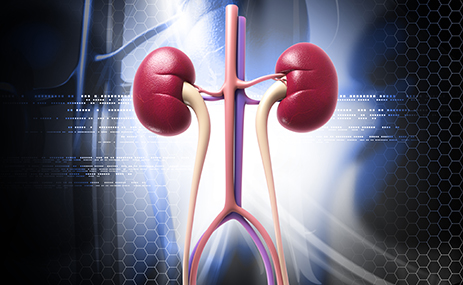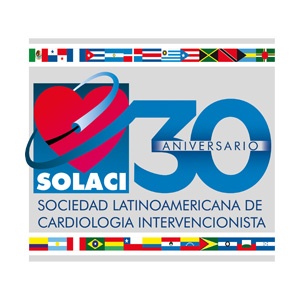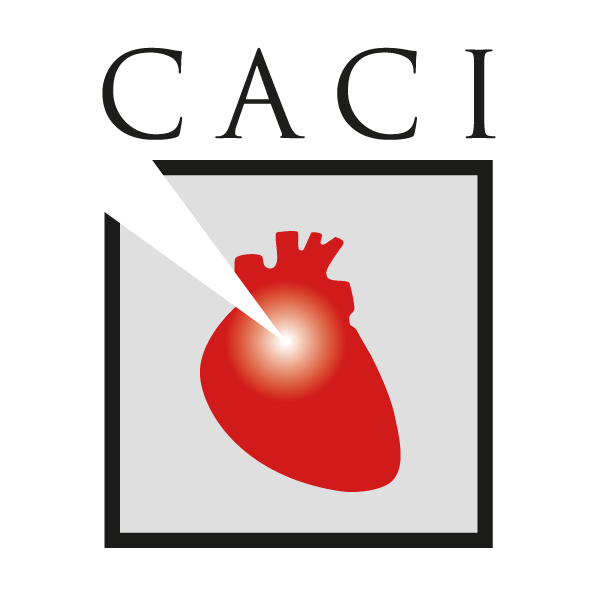
The rate of a primary composite endpoint of death, dialysis, or a persistent increase in serum creatinine at 90 days was not reduced with the intervention.
Read also: “TRICS III: Restrictive Transfusion Was Noninferior to Liberal Use in Patients Who Undergo Cardiac Surgery”.
Based on these findings, the prevention of contrast-associated acute kidney injury should include the administration of saline, but there is no role for the administration of N-acetylcysteine.
The overall impact of this study will probably be limited because it simply confirms what most of us already knew.
Other strategies such as hydration guided by hemodynamics are more likely to be effective at avoiding contrast-associated acute kidney injury.
Read also: “Study Confirms Lead Shields Protect Cath Lab Staff from Radiation Exposure”.
Researchers aimed to enroll 7680 patients, but the trial was stopped early after 5177 were randomized because the interim analysis revealed a lack of significant differences between groups.
The primary endpoint did not differ between the sodium bicarbonate and saline groups (4.4% vs. 4.7%; odds ratio [OR]: 0.93), and between the N-acetylcysteine and placebo groups (4.6% vs. 4.5%; OR: 1.02). No patient sub-group benefited from the intervention.
Original title: Outcomes After Angiography with Sodium Bicarbonate and Acetylcysteine.
Reference: Weisbord SD. N Engl J Med. 2017;Epub ahead of print.
Get the latest scientific articles on interventional cardiologySubscribe to our weekly newsletter
We are interested in your opinion. Please, leave your comments, thoughts, questions, etc., below. They will be most welcome.




